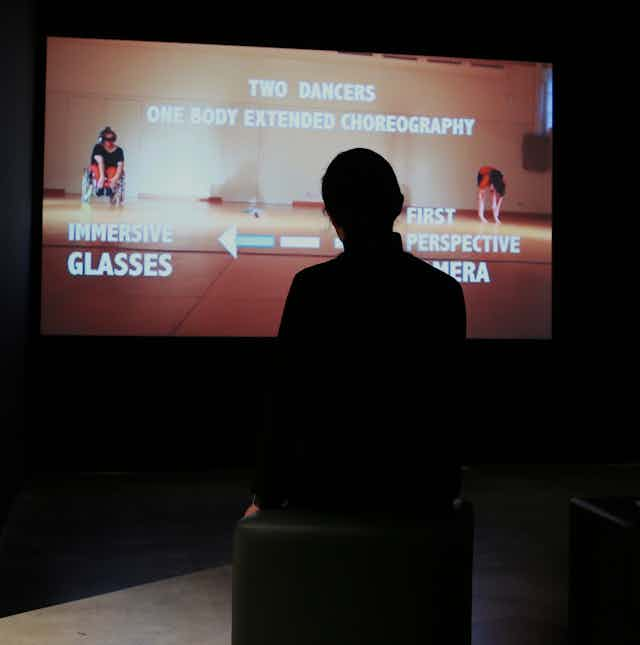What happens when designers stray from familiar territory and go “feral”? This question has been at the forefront of curator Katherine Moline’s mind. She proposes answers in Feral Experimental: New Design Thinking, an exhibition coinciding with this year’s Sydney Design.
Moline’s long-standing interest in design has taken her around the world pulling together an exhibition of 17 projects. Feral Experimental challenges familiar associations of the expert, working within an idiosyncratic design culture – whether fashion, industrial products, interior or visual communications. Instead, the exhibition casts the designer as a skilled inventor, communicator and facilitator.
A new design agenda
These “feral” designers appear comfortable on the margins, in the fertile boundaries between disciplines. Working collaboratively, they’re capable of responding to the complexity of real-world situations and are keen to intervene.
The diversity of projects suggests the scope for contemporary design. There’s a project devoted to increasing mobility and quality of life for elderly people, An Empathic Adventure. Another feature is a participatory project gathering experiential data from Sydney bike riders, Veloscape. And there’s a 3D headset that generates the experience of inhabiting another person’s body in real time, The Machine to be Another.

Each of the projects on display is an adventure into contemporary trends in design research.
Some address issues across the social world – and others confront local and global environmental challenges, offer creative provocations or propose future imaginaries. There are design games, devices, equipment and props as well as finished objects and video displays. Presented in this way, the design process appears animated, experimental and adaptive.
Boundary crossing for designers
The work in the exhibition is loosely grouped across participatory, co-design, speculative and exploratory experimentation.
Each approach has its own prescribed methods and objectives, and while they share common traits, there can be uneasy tension between the different schools of thought. When I spoke to her, Moline suggested that this was a healthy reflection of how design confronts problems in the world: where no single methodology can be applied as a fix-all. It’s also a likely outcome of designers mixing methods and drawing from diverse disciplines to inform their process.
German designer Benedikt Groß’s project Avena + Test Bed: Agricultural Printing and Altered Landscapes is an example of speculative design.
Groß’s work is speculative in the sense that it leads design away from industry norms and into an exploratory realm. In a field in Southern Germany an algorithm was programmed into a tractor creating a pixelated pattern to yield a combined crop. The project coincides with increased demand on farmers in the EU to grow crops for biogas/energy production and the model has the potential to ease some of the problems associated with monocultural agriculture.

While it has a potential application, the project also sets up a number of “what if” scenarios. This is typical of speculative design where an imaginary, futuristic dimension is important in generating debate and critical reflection about the positive and negative impositions of science and technology in shaping the world.
Designers are using participatory and co-design methods to collaborate more effectively. These methods take account of social context and lived experience. They draw stakeholders into the process of design and explicitly engage with the ethical issues of designing anything.
Community Centred Innovation: Co-designing for disaster preparedness by Dr Yoko Akama from RMIT, was developed in rural Victoria to assist communities at high-risk from fire. Through imaginative play and storytelling it draws out tacit knowledge in order to build stronger, more resilient communities. The methodology has applications across the world and has been adopted by emergency agencies in Australia.

A project at the intersection of present and future technology is a brain-computer interface. Designed by the bio-informatics company EMOTIV, the sleek headset worn by users allows them to control objects – wheelchairs, medical and gaming devices, cars etc – through the power of concentrated thought. The headsets are now on the market and EMOTIV encourage users to apply this technology. Open-source software is available to anyone wanting to contribute to the creative and commercial applications of this incredible brain research.
Care of the possible
When I asked Moline what qualities make a “great” designer, she responded:
Someone who is wise to consequences in many dimensions at a specific moment and over time …
Moline’s exhibition is an invitation to consider the choices designers make and the wisdom they bring to approaching problems and exploring alternatives. The exhibition suggests that design is a deeply empathic process. Many of these projects demonstrate designers working with sensitivity to others, and a degree of humility, aware of the impact they have on people and other living systems.
New connections across art and design
Feral Experimental considers the intersections between art and design and the blurring boundaries between them. It’s clear there is a mutual exchange occurring across disciplines. It’s exciting too, to see the exhibition within the new campus of UNSW Art and Design. Previously the College of Fine Arts, the institution has become a space where design and art are taught together, mirroring trends internationally. To really get a sense of where design is heading in the 21st century, it’s well worth a look at Feral Experimental.
Feral Experimental: New Design Thinking is on display at the UNSW Galleries until August 30. Details here.

